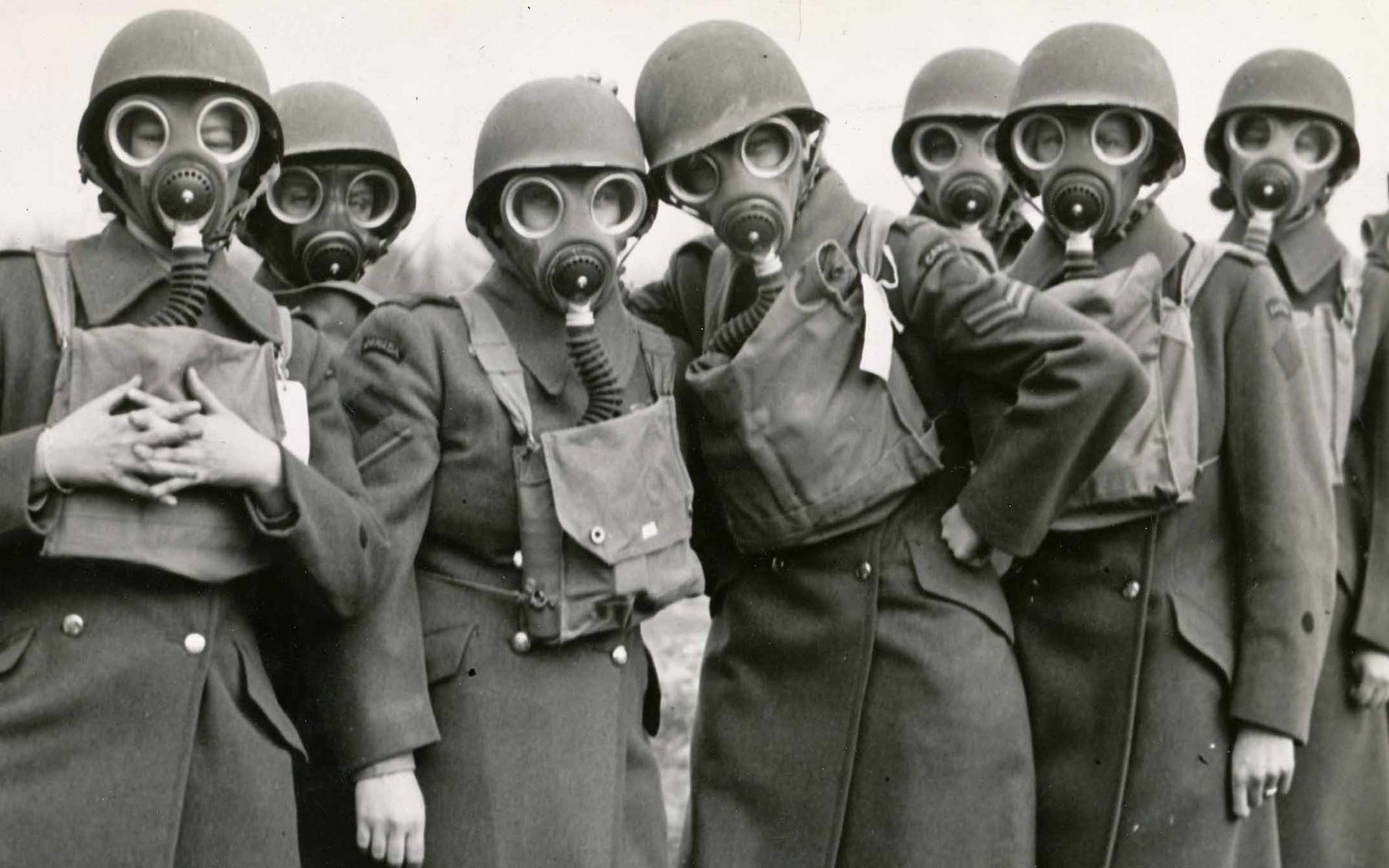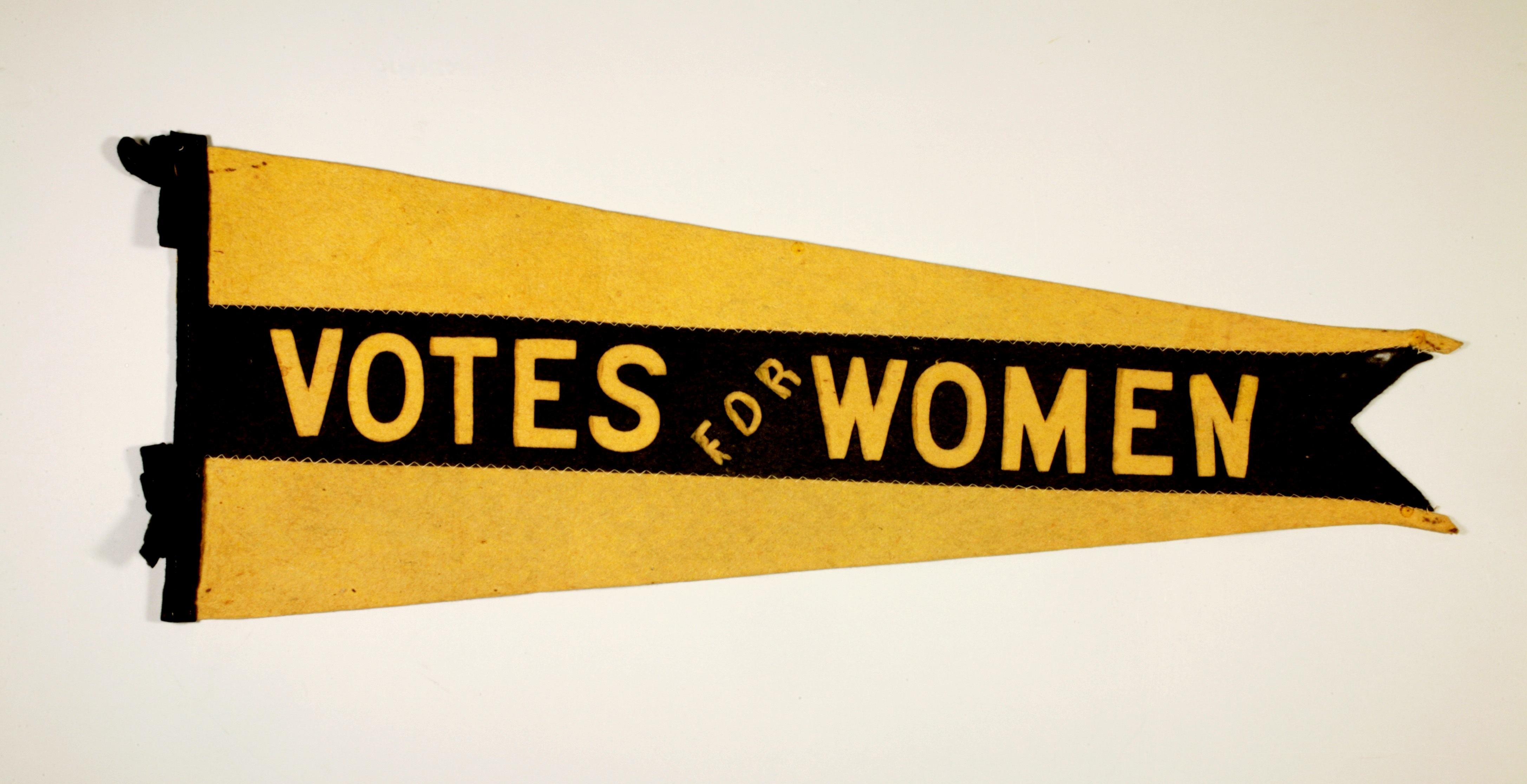Article
Women in the Canadian Armed Forces
Canadian women have served in all three branches of the Canadian Armed Forces, which includes the Royal Canadian Navy, the Canadian Army and the Royal Canadian Air Force. As early as 1885, Canadian women served as nurses in military hospitals during the North-West Resistance. During the First and Second World Wars, women took on various roles in the military as medical personnel and in clerical and administrative positions, trades and intelligence. Women served in the Cold War and during peacekeeping operations. In 1989, the majority of military occupations were open to women, including combat roles. Submarine service was opened to women in 2001. (See also Canadian Women and War.)







.jpg)

